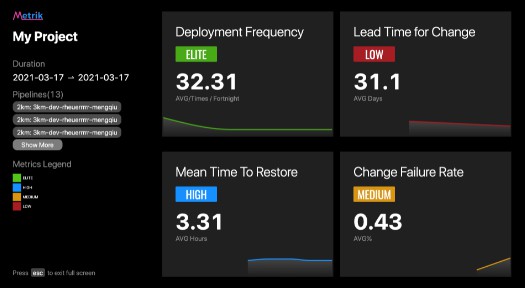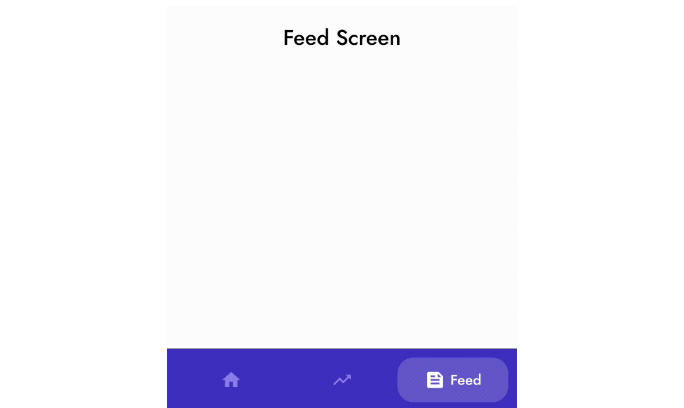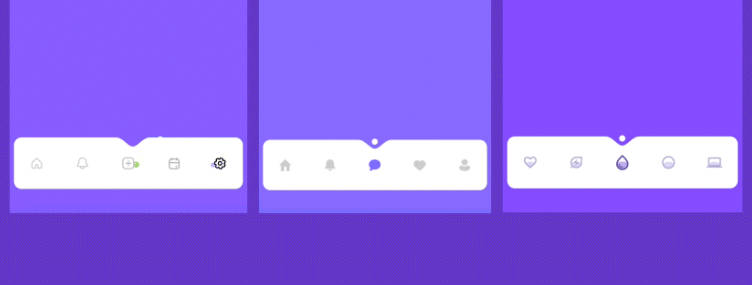Compose Destinations
A KSP library to improve Compose Navigation. It processes annotations with KSP to generate code which uses
Compose Navigation under the hood.
Doing so, it avoids the boilerplate and unsafe code around navigating in Compose.
For a deeper look into all the features, check our wiki.
Table of contents
Usage
- Annotate your screen Composables with
@Destination:
@Destination
@Composable
fun ProfileScreen() { /*...*/ }
- Add navigation arguments to the function declaration:
(Parcelable,SerializableandEnumtypes are allowed!)
@Destination
@Composable
fun ProfileScreen(
id: Int, // <-- required navigation argument
groupName: String?, // <-- optional navigation argument
isOwnUser: Boolean = false // <-- optional navigation argument
) { /*...*/ }
There is an alternative way to define the destination arguments in case you don’t need to use them
inside the Composable (as is likely the case when using ViewModel). Read more here.
-
Build the project (or
./gradlew kspDebugKotlin, which should be faster) to generate
all the Destinations. With the above annotated composable, aProfileScreenDestinationfile (that we’ll use on step 4) would be generated. -
Use the generated
[ComposableName]Destinationinvoke method to navigate to it. It will
have the correct typed arguments.
@Destination
@Composable
fun SomeOtherScreen(
navigator: DestinationsNavigator
) {
/*...*/
navigator.navigate(ProfileScreenDestination(id = 7, groupName = "Kotlin programmers"))
}
DestinationsNavigator is a wrapper interface to NavController that if declared as a parameter, will be provided for free by the library. NavController can also be provided in the exact same way, but it ties your composables to a specific implementation which will make it harder to test and preview. Read more here
- Finally, add the NavHost call:
DestinationsNavHost(navGraph = NavGraphs.root)
NavGraphsis a generated file that describes your navigation graphs and their destinations. By default all destinations will belong to “root”, but you can use thenavGraphargument of the annotation to have certain screens in nested navigation graphs.
This call adds all annotated Composable functions as destinations of the Navigation Host.
That’s it! No need to worry about routes, NavType, bundles and strings. All that redundant and
error-prone code gets generated for you.
Setup
Compose destinations is available via maven central.
- Add the ksp plugin:
groovy – build.gradle(:app)
plugins {
//...
id "com.google.devtools.ksp" version "1.5.31-1.0.0"
}
kotlin – build.gradle.kts(:app)
plugins {
//...
id("com.google.devtools.ksp") version "1.5.31-1.0.0" // 1.6.0-1.0.1 if you're using kotlin 1.6.0
}
2. Add the dependencies:
groovy – build.gradle(:app)
implementation 'io.github.raamcosta.compose-destinations:core:1.0.0-beta'
ksp 'io.github.raamcosta.compose-destinations:ksp:1.0.0-beta'
kotlin – build.gradle.kts(:app)
implementation("io.github.raamcosta.compose-destinations:core:1.0.0-beta")
ksp("io.github.raamcosta.compose-destinations:ksp:1.0.0-beta")
If you want to use animations between screens and/or bottom sheet screens, replace above core dependency with:
implementation 'io.github.raamcosta.compose-destinations:animations-core:<version>'
this will use Accompanist Navigation-Animation and Accompanist Navigation-Material internally.
Read more about the next steps to configure these features here
3. And finally, you need to make sure the IDE looks at the generated folder.
See KSP related issue.
An example for the debug/release variant would be:
groovy/kotlin – gradle.build(:app) (same level as plugins and android blocks):
kotlin {
sourceSets {
debug {
kotlin.srcDir("build/generated/ksp/debug/kotlin")
}
release {
kotlin.srcDir("build/generated/ksp/release/kotlin")
}
}
}
Current state
The library is now in its beta stage, which means that I am happy
with the core feature set. If the APIs change, I will provide a migration path.
Please do try it and open issues if you find any.
If you’re interested in contributing, I can give you a general overview of how the code works.
It is much simpler that what it might look like at first glance.
Any feedback and contributions are highly appreciated! ?
License
Copyright 2021 Rafael Costa
Licensed under the Apache License, Version 2.0 (the "License");
you may not use this file except in compliance with the License.
You may obtain a copy of the License at
http://www.apache.org/licenses/LICENSE-2.0
Unless required by applicable law or agreed to in writing, software
distributed under the License is distributed on an "AS IS" BASIS,
WITHOUT WARRANTIES OR CONDITIONS OF ANY KIND, either express or implied.
See the License for the specific language governing permissions and
limitations under the License.



